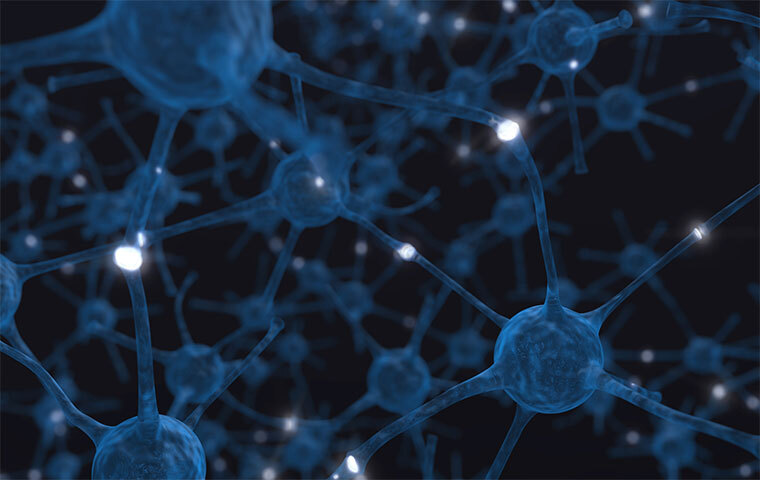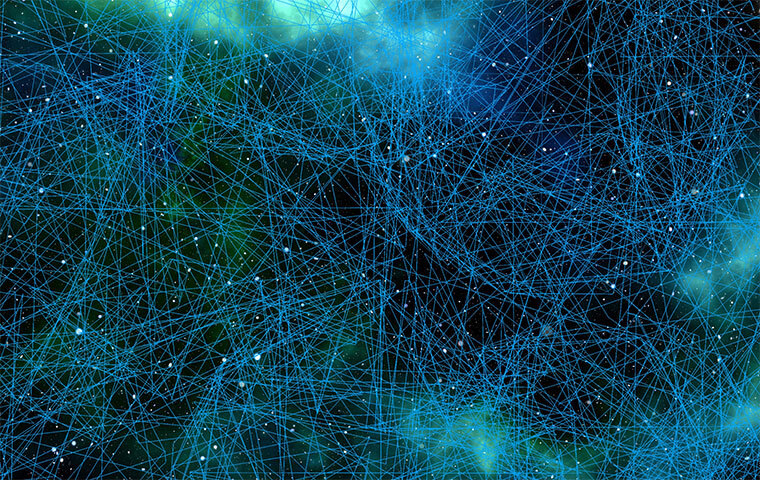The New Era of AI in 2025: From Gemini 3 to Creative AIs
Learn about the best AI tools for 2025, including Nano...
We use cookies for our website to give you the most relevant experience by remembering your preferences. By clicking “accept”, you consent to use of ALL the cookies
This website uses cookies to improve your experience while you navigate through the website. Out of these, the cookies that are categorized as necessary are stored on your browser as they are essential for the working of basic functionalities of the website. We also use third-party cookies that help us analyze and understand how you use this website. These cookies will be stored in your browser only with your consent. You also have the option to opt-out of these cookies. But opting out of some of these cookies may affect your browsing experience.
Necessary cookies are absolutely essential for the website to function properly. These cookies ensure basic functionalities and security features of the website, anonymously.
| Cookie | Duration | Description |
|---|---|---|
| cookielawinfo-checkbox-functional | 11 months | This cookie is set by GDPR Cookie Consent plugin. The cookie is used to store the user consent for the cookies in the category “Analytics”. |
| cookielawinfo-checkbox-functional | 11 months | The cookie is set by GDPR cookie consent to record the user consent for the cookies in the category “Functional”. |
| cookielawinfo-checkbox-necessary | 11 months | This cookie is set by GDPR Cookie Consent plugin. The cookies is used to store the user consent for the cookies in the category “Necessary”. |
| cookielawinfo-checkbox-others | 11 months | This cookie is set by GDPR Cookie Consent plugin. The cookie is used to store the user consent for the cookies in the category “Other. |
| cookielawinfo-checkbox-performance | 11 months | This cookie is set by GDPR Cookie Consent plugin. The cookie is used to store the user consent for the cookies in the category “Performance”. |
| viewed_cookie_policy | 11 months | The cookie is set by the GDPR Cookie Consent plugin and is used to store whether or not user has consented to the use of cookies. It does not store any personal data. |
Functional cookies help to perform certain functionalities like sharing the content of the website on social media platforms, collect feedbacks, and other third-party features.
Performance cookies are used to understand and analyze the key performance indexes of the website which helps in delivering a better user experience for the visitors.
Analytical cookies are used to understand how visitors interact with the website. These cookies help provide information on metrics the number of visitors, bounce rate, traffic source, etc.
Advertisement cookies are used to provide visitors with relevant ads and marketing campaigns. These cookies track visitors across websites and collect information to provide customized ads.
Other uncategorized cookies are those that are being analyzed and have not been classified into a category as yet.
Cyberia Tech, Inc. respects your privacy. This Privacy Policy explains how we collect, use, and share your information. By using our services, you agree to this policy. If any other agreements conflict with this Privacy Policy, the terms of those agreements prevail.
Cyberia Tech complies with the EU-US and Swiss-US Privacy Shield Frameworks for handling personal data from the EEA, UK, and Switzerland. In case of any conflict, the Privacy Shield Principles prevail. Learn more at Privacy Shield. Key Definitions
Information linked to an individual, transferred from the EEA, UK, or Switzerland to the U.S.
Data revealing race, religion, health, sexual orientation, and similar categories.
Effective Date: [ 2026 / 01 / 01 ]
Welcome to The Cyberia Tech ! By accessing or using our website or services, you agree to
comply with and be bound by these Terms of Use and our Privacy Policy. If you do not agree with
these terms, please do not use our Services.
Loading
0 %

The idea of computers with human brain cells may no longer be a thing of science fiction.
Recent developments in the field of neuroscience and computer engineering have made it possible to create hybrid devices that combine the power of computers with the complexity of human brain cells.
Scientists at Johns Hopkins University are currently working on a new field of study called “organoid intelligence.“
This exciting new area of research has the potential to revolutionize our understanding of organoids and their capabilities.
Table of Contents
Brain organoids have been a topic of interest among scientists lately. These tiny orbs contain neurons and other characteristics that enable them to perform basic functions such as remembering and learning.
Researchers have already conducted experiments on them.
The ability to grow these tissues in a controlled environment has opened up new avenues for medical research and has the potential to revolutionize the field of medicine.
Animal and human testing have been a controversial topic for years.
Over the past two decades, there has been a significant advancement in the field of tissue engineering.
Researchers have been able to cultivate tissues in laboratories that closely resemble fully developed organs.
This breakthrough has allowed scientists to conduct experiments on organs such as lungs, kidneys, and more, without the need for animal testing or human trials.
The ability to grow these tissues in a controlled environment has opened up new avenues for medical research and has the potential to revolutionize the field of medicine.
Animal and human testing have been a controversial topic for years. Many people argue that it is unethical to use animals or humans for testing purposes.
Fortunately, there are alternative methods that can be used to avoid this issue. One such method is to use computer simulations or cell cultures to test products.
This approach has been gaining popularity in recent years as it is more ethical and cost-effective. By using these methods, we can ensure that our products are safe without causing harm to any living beings.

In a recent development, Hartung has put forth the idea that brain organoids could potentially serve as the “biological hardware” for future computers.
This could potentially eliminate the energy consumption concerns that are typically associated with supercomputers.
When it comes to decision-making, the human brain and computers have their own strengths.
While brain cells are adept at making complex logical decisions, such as distinguishing between a cat and a dog, computers are unbeatable when it comes to calculating data and numbers at lightning-fast speeds.
It’s fascinating to consider the unique abilities of both the human brain and computers, and how they can complement each other in various fields.
Will future computers run on human brain cells?
The development of “organoid intelligence,” a biocomputer run by human brain cells, is possible in our lifetime. Johns Hopkins University researchers believe this technology will broaden computing’s potential and give rise to new academic disciplines.
Is there a computer as powerful as the human brain?
The grey matter within your head is far faster and more powerful than any supercomputer. The human brain possesses a computational capability that has yet to be matched by any silicon computer, processing more than 100tn parameters (or bits of data).
In conclusion, Brain organoids or computers with human brain cells are tiny, three-dimensional clusters of brain cells that are grown in a lab.
They are often referred to as “mini-brains” because they mimic the structure and function of the human brain to a certain extent.
Recently, researchers have been exploring the idea of using brain organoids as a new type of computer.
The idea is that these mini-brains could be trained to perform specific tasks, such as recognizing patterns or making decisions, by altering the connections between the cells.
One of the advantages of using brain organoids as computers is that they are much more energy-efficient than traditional computers.
This is because they are made up of living cells that can perform computations using only a small amount of energy.
Additionally, brain organoids are highly adaptable and can learn from their environment, which could make them useful for a wide range of applications.
While the idea of using brain organoids as computers is still in its early stages, it has the potential to revolutionize the field of computing and lead to new breakthroughs in artificial intelligence.
You Can Get More Information!
